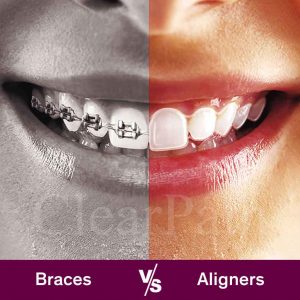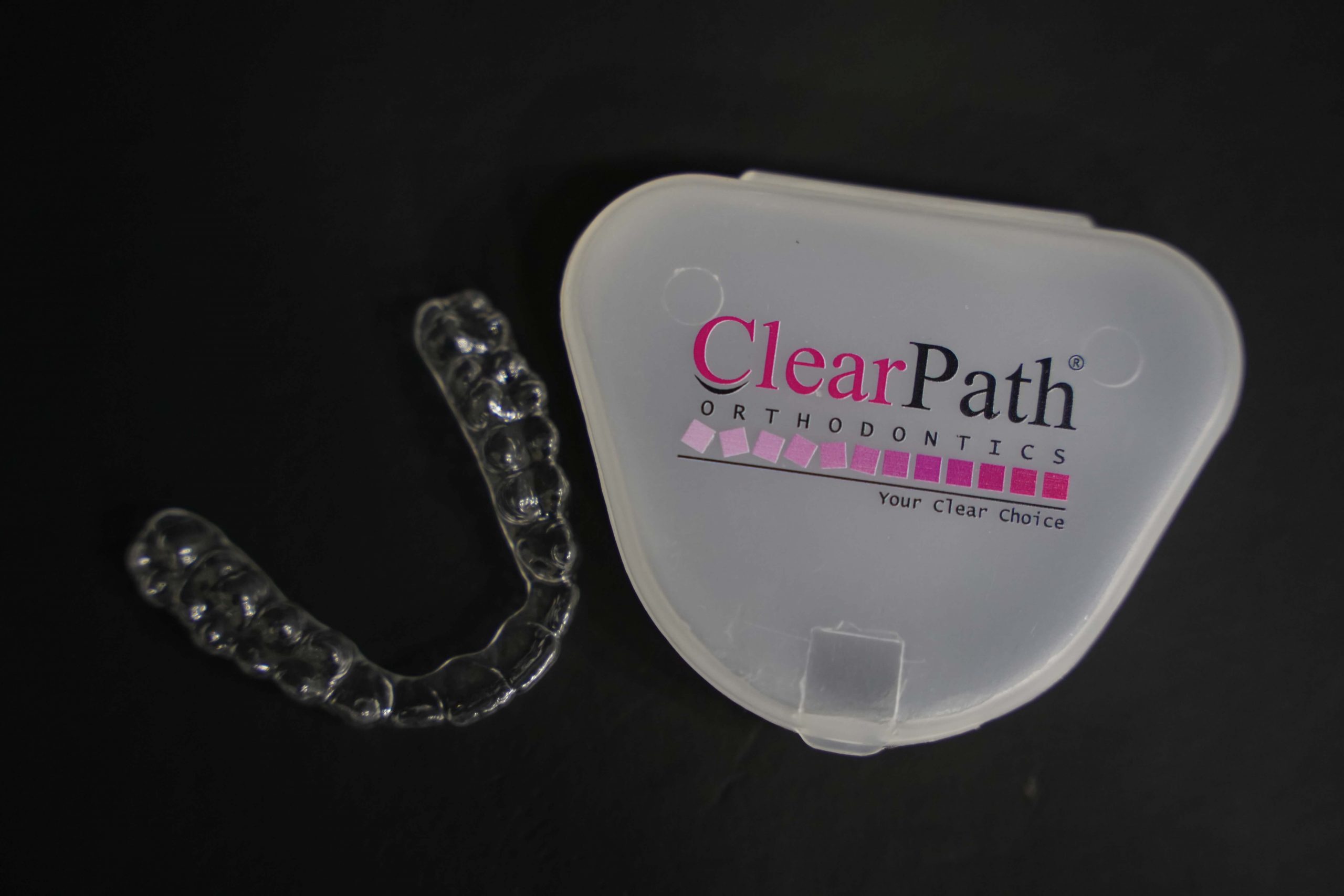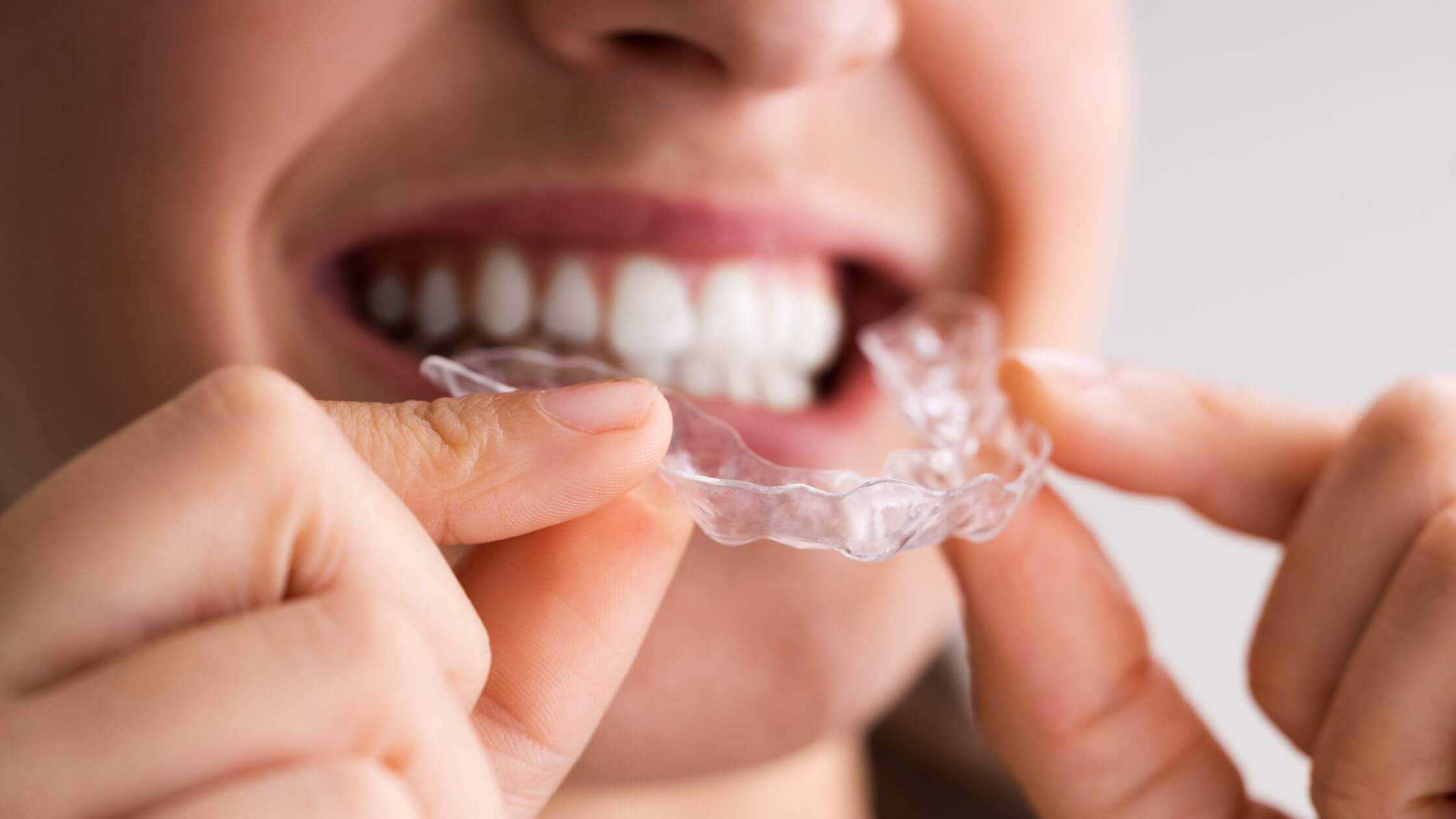Your teeth should fit together naturally inside your mouth without causing crowding. However, Malocclusion results from this not occurring. There are several alternatives available to you if you have crooked teeth and are considering orthodontic treatment. Invisible braces in Lahore are one of the choices available. Treatment with Invisalign is popular among many due to how discreet and convenient it is. Your teeth will gradually move into their proper positions if you simply wear your invisible braces in Pakistan for at least 20 hours per day.
Misaligned bites will also be fixed by invisible braces in Lahore in addition to misaligned teeth. Malocclusion is the formal term for misaligned bites. Depending on the type and severity of the malocclusion, various dental problems can result. Many dentists strongly advise getting orthodontic treatment to adjust the bite to avoid future tooth problems. Now first, take a look at what is malocclusion.
Table of Contents
ToggleMalocclusion: what is it?
Malocclusion, the medical term for crooked teeth, is a dental disorder that can lead to overcrowding, crossbites, and overbites among other oral health issues. Daily oral behaviors like biting, eating, and even speaking become challenging when teeth are out of alignment.
Malocclusion is known to result in digestion problems in addition to being an aesthetic and dental issue. Your ability to chew food properly is likewise compromised because your bite is severely compromised. Additionally, improper chewing can cause several digestive issues. Any type of malocclusion can be treated by an orthodontist if you consult timely.
Read More: 6 Tips On Keeping Up With Your Oral Hygiene While Going Through Clear Braces Treatment
What Are The Different Malocclusion Classifications?
There are typically three types of malocclusions: Classes 1, 2, and 3. Your dentist will diagnose the type of malocclusion you have after taking dental X-rays and examining how your teeth are positioned. While some people may not show any symptoms, others could feel severe discomfort. If you believe you have one, keep reading to learn which class of malocclusion causes specific symptoms.
Class I – The occlusion is normal, however, there are issues with the other teeth’s spacing or crowding.
Class II – An overbite is a malocclusion, the upper teeth are positioned further forward than the lower teeth. This may be put on by anterior teeth that protrude or by lateral teeth that overlap the central teeth.
Class III – Prognathism is a malocclusion brought on by the lower teeth being positioned more forward than the upper teeth often referred to as an “underbite”. When the maxillary bone is small or the jawbone is big, an underbite usually results.
Read More: Do Misaligned Teeth Dull Your Shine? Read What You Can Do About Them
What are the Different Types of Teeth Malocclusion?
Malocclusion, which refers to nine different forms of misaligned teeth, includes:
Open BiteThere is an opening in the mouth when the upper and lower front teeth don’t overlap. It’s referred to as an open bite. Anterior open bite is the term used when the open bite just affects your front teeth. However, either side of your mouth may experience this issue.
- Overjet
When you have overjet, your top teeth stick out from your bottom teeth, making it harder to chew and speak.
- Overcrowding
One of the most common reasons people seek orthodontic treatment is overcrowding. It results from the lack of space in your mouth.
- Spacing
Small teeth, prolonged thumb sucking, missing teeth, and tongue thrusting all lead to spacing. This problem causes crowding and affects the eruption of a child’s permanent teeth because it affects two or more teeth.
- Crossbite
Your front teeth, back teeth, or either side of your jaw might all show a crossbite. A crossbite occurs when your upper teeth occlude your lower teeth.
- Diastema
Diastema is a dental disease where a space develops between two neighboring teeth. It is sometimes referred to as gapping teeth. Usually, the front two teeth are those.
- Without a tooth
Trauma or improper tooth growth are the two main causes of hypodontia, often known as tooth loss.
- Overbite
While some level of overlapping on the lower teeth is normal, overbite results when this occurs abnormally. Your lower front teeth may bite the roof of your mouth, while your upper front teeth may bite your gums.
- Underbite
When your lower front teeth stick out significantly from your higher front teeth, you have an underbite, also referred to as an anterior crossbite.
What Signs and Symptoms Of Malocclusion?
The symptoms vary depending on the type of malocclusion you have. They are mild to severe and consist of:
- Speech difficulties
- Crooked teeth
- Difficulty biting or chewing
- Oral breathing issues
- Tongue or cheek biting
- Changes in facial structure
How Can A Malocclusion Be Fixed?
The first step in treating any malocclusion is to schedule a consultation with an orthodontist. X-rays and a thorough examination will be used in the diagnostic phase to identify the class and type of malocclusion, as well as any contributing factors. The orthodontist will decide on a treatment plan after making a diagnosis.
Although every situation is unique, the following are typical treatment choices:
Braces: The most popular kind of malocclusion treatment, braces will straighten your teeth over six months to two years. This involves two steps. The first involves using metal braces and wire to straighten the teeth. The second is repositioning your jawline using more rubber bands, coils, and springs. It could be essential in some situations to attach headgear for an overbite to the braces.
Invisalign: Depending on the patient’s unusual conditions, Invisalign is a successful way to repair a malocclusion. Your teeth will progressively reposition themselves thanks to the aligners, removing the need for traditional metal braces.
Tooth extraction: For adult patients, tooth extraction may be required to make room for teeth to move during braces treatment to achieve the correct position.
Jaw surgery: Jaw surgery can be required if your malocclusion has skeletal roots rather than dental ones. Your jaw will be repositioned during orthognathic surgery to ensure proper tooth alignment.
Read More: How long do braces take?
How Can Malocclusion Be Prevented?
Most malocclusions are hereditary and cannot be avoided. Although it can be somewhat helpful to discourage your child from thumb sucking and get them off of bottle feeding. Furthermore, missing teeth can also contribute to malocclusion. It will be advantageous to replace your missing teeth with dental implants or dental bridges.











